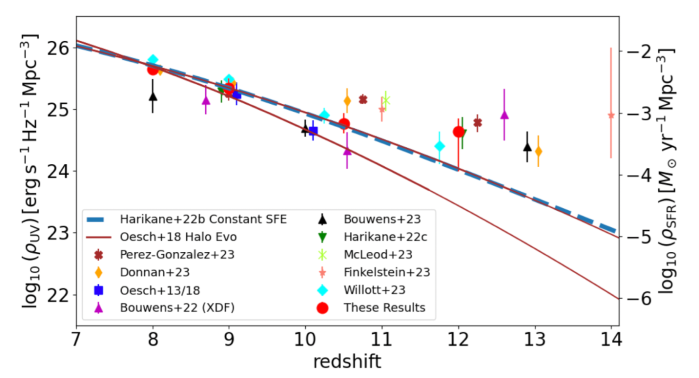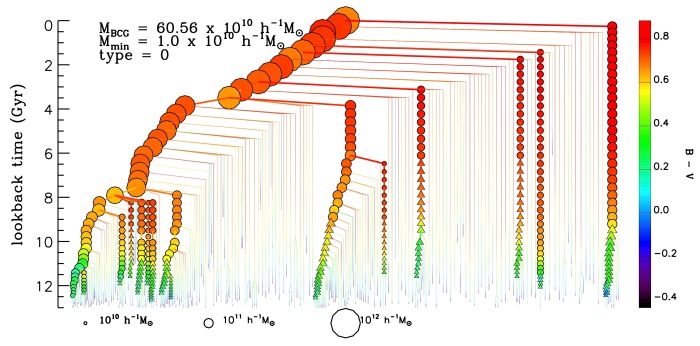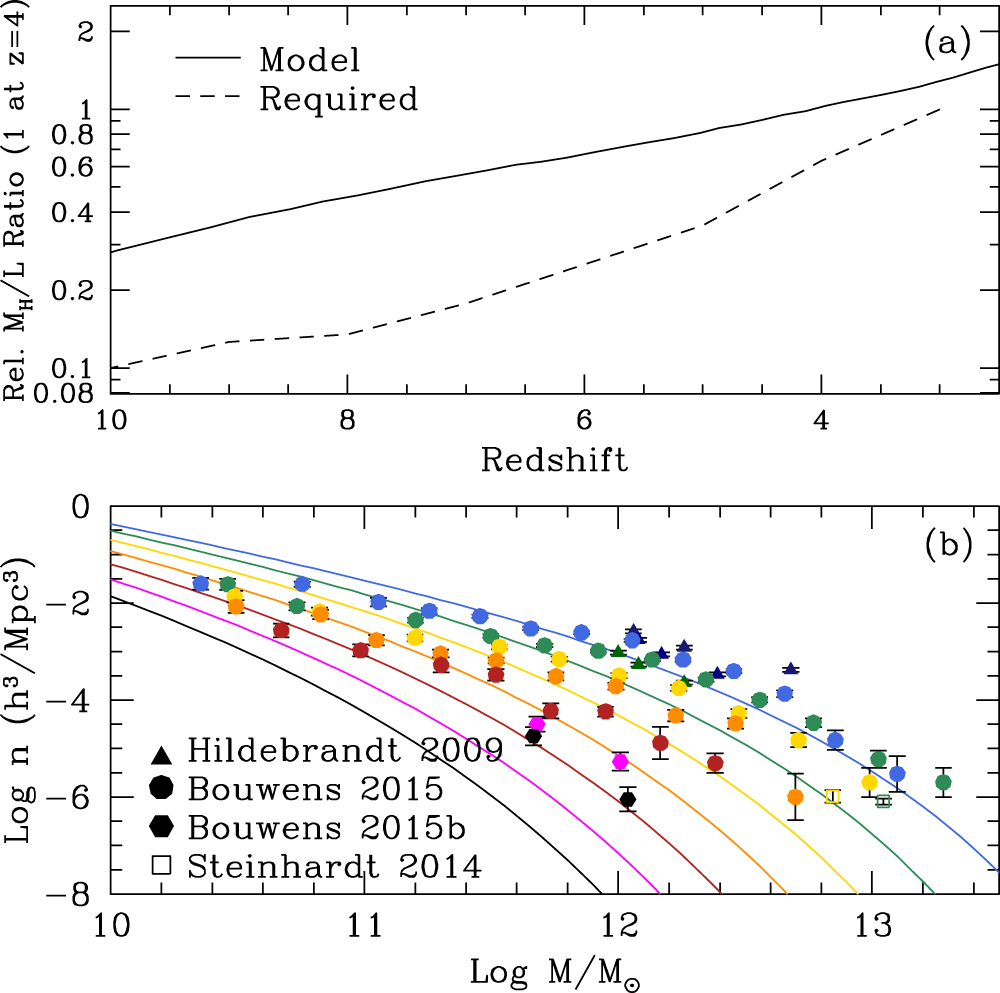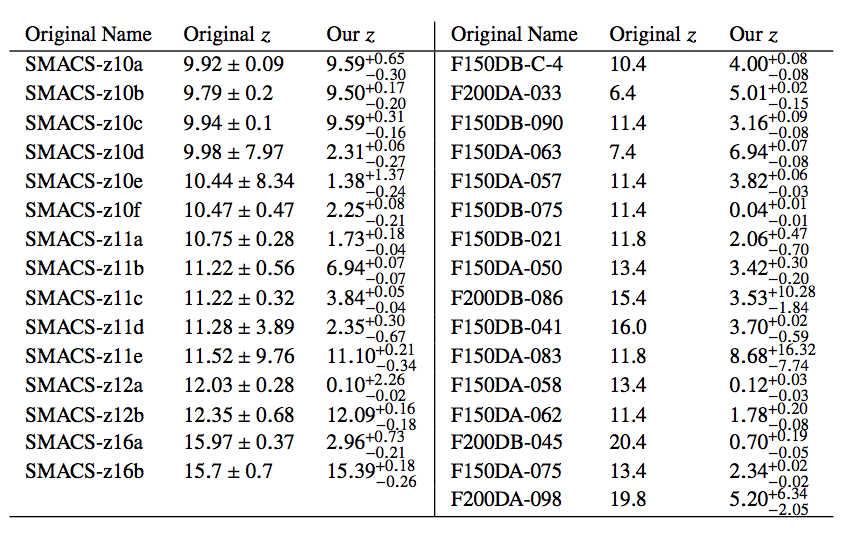
I just got back from a visit to the Carnegie Institution of Washington where I gave a talk and saw some old friends. I was a postdoc at the Department of Terrestrial Magnetism (DTM) in the ’90s. DTM is so-named because in their early days they literally traveled the world mapping the magnetic field. When I was there, DTM + had a small extragalactic astronomy group including Vera Rubin*, Francois Schweizer, and John Graham.









